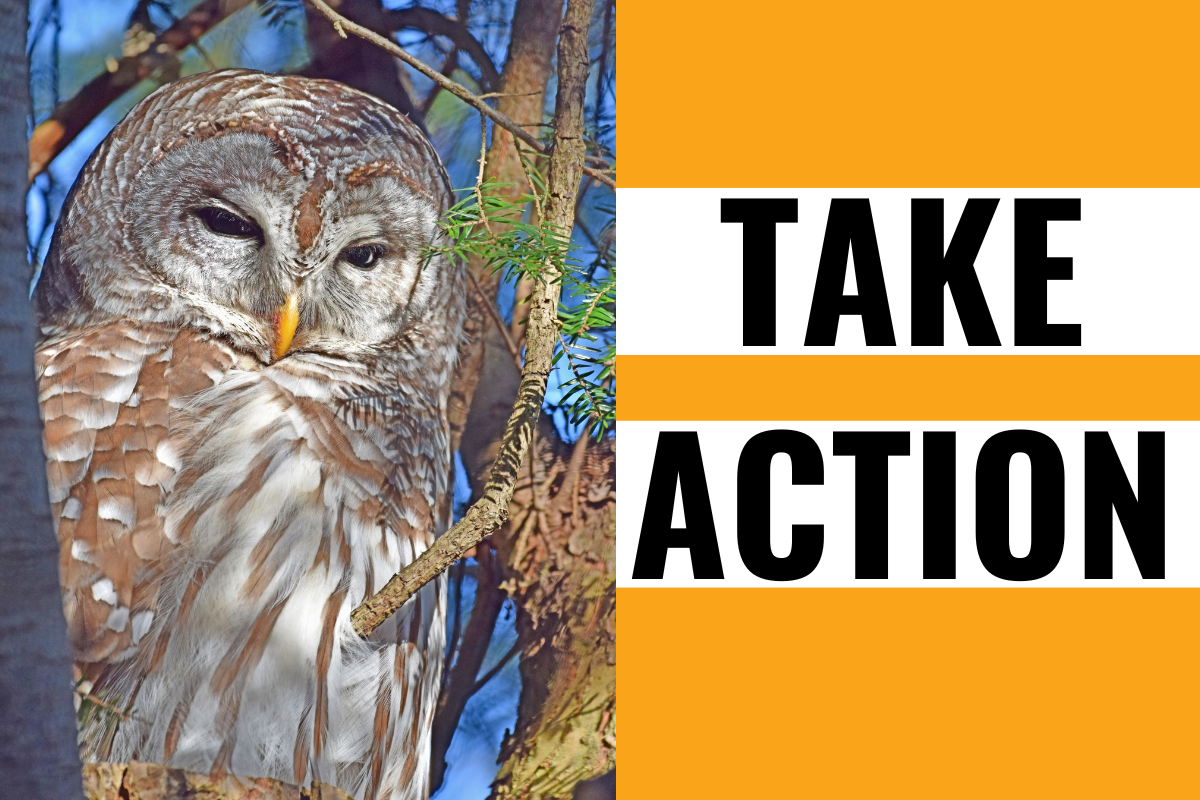There is no such thing as a safe poison.
Second generation anticoagulant rodenticides are no exception, as they are not only deadly to the targeted animals—mice and rats—but also to many other animals we cherish in Connecticut.
The innocent victims include hawks, falcons, eagles, owls, vultures, coyotes, foxes, bobcats, raccoons and more. These non-targeted victims succumb to secondary poisoning after consuming poisoned rodents, which are their natural prey. The predators may also even ingest bait directly, as witnessed in household pets and even small children accidently poisoned by rodenticides.
Harming and killing the natural predators that regulate rodent populations will never be the solution. The best line of defense is exclusion and sanitation.
Please join Friends of Animals in supporting SB962, An Act Concerning the Use of Certain Rodenticides for the Protection of Hawks, Raptors and other Wildlife—which would ban the use of SGARS in CT, allowing for some exceptions.
You can help by testifying in writing and via Zoom or in person during an Environment Committee public hearing at 11 a.m. on Feb. 15. To submit testimony online before 11 a.m. Feb. 15 visit this page.
To sign up to speak at Wednesday’s hearing in person or via Zoom, register by 3 p.m. on Feb. 14 here.
For the past few years, FoA has had a front row seat to the full and interesting daily lives of a pair of red-tailed hawks who have built a nest high up in the crown of a tree across the parking lot of our Darien headquarters. We’ve watched them hunt, preen themselves in the sun, repair their nest and raise their young.
The thought of them slowly bleeding to death from the inside after innocently ingesting second-generation anticoagulant rodenticides is sickening.

